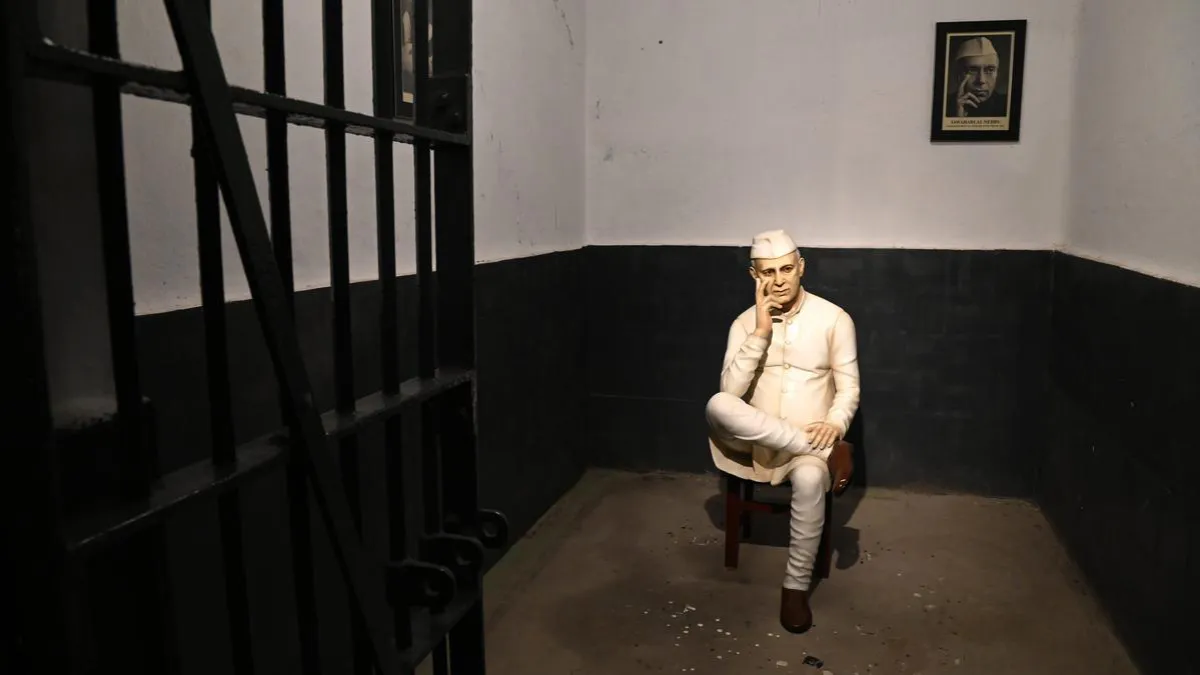Artists reflect on the ideas of freedom and awakening within the walls of the historic Alipore jail
12 Oct 2023
News
In honour of India's 75th anniversary of independence, the West Bengal government asked the Kolkata Centre for Creativity (KCC) to produce a display honouring the liberation movement and chose to convert the Alipore Jail into a museum. Prominent and talented artists from all across India were invited to visit the then-under-renovation Alipore Jail as part of a camp organised by the KCC; their creations constituted the exhibition Freedom and Awakening. Last weekend marked the opening of the exhibition's second part, which will run concurrently with the first for a whole year.
Bengali artists of today continue to interpret liberation and awakening via paintings and installations. According to Kolkata Centre for Creativity president Richa Agarwal, "We hope that these artworks continue to inspire all who walk into Cell No. 5 of the Alipore jail-turned-museum and keep reminding us of the struggles and the fight for freedom from British rule." She remarked, "This exhibition showcases a kaleidoscope of artistic expressions investigating individual freedom and collective awakening as a journey in progress, just as the struggle for independence encompassed a spectrum of experiences, emotions, and challenges."
Artworks from artists like Mithu Sen, Debasish Mukherjee, Smarak Roy, Chandra Bhattacharjee, Suman Dey, Arunima Choudhury, and Debanjan Roy are on display at the exhibition. Gandhi is the lone conventional sculpture in the show; it is a bronze cast of the iconic figure from the Indian liberation movement, a subject that artist Debanjan Roy has been pursuing for many years. Of the two female artists in the exhibition, Mithu Sen's works centre on a depressing depiction of the present day and the concept of freedom—or lack thereof. She uses a conversation between the mother, the homeland, and the unborn to demonstrate it. The life on the periphery, where happiness and peace continue to exist in plenty, is shown by Arunima Choudhury.
In line with his custom, Debasish Mukherjee explores Partition in his piece named "1950," a collection of thirty-two mixed-media drawings and one installation that trace the camp life and actual narratives of individuals who crossed the border and made their home in different Indian camps following the unrest in East Bengal.
